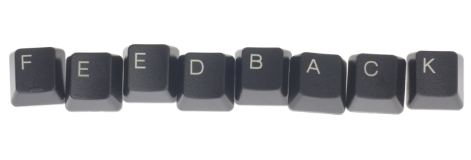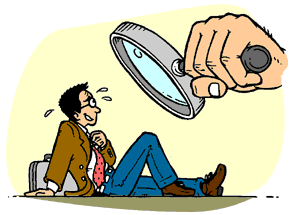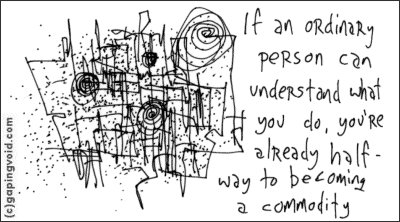Most of us are blind the Fourth Revolution. We see the changes in the world but fail to appreciate that our mindset and understanding of how the world goes needs to change dramatically.

Daniel Kahneman, the first noneconomist to win a Nobel Prize in economics, for his work on ways in which humans aren’t rational economic actors, calls this effect “theory-induced blindness”: adherence to a belief about how the world works that prevents you from seeing how the world really works.
Look at the blind man on the left. That is exactly how we are. We are trying to touch things around us, we have a cane to avoid falling if possible, and we listen intently. Still we are blinded by our Industrial Age mindset. By good ol’ TV. By multiple distractions.
Silence…
The change in the world is so loud and so silent at the same time. Precursors are there. Numerous. And most of us still can’t see it.
Probably because we are afraid to see it. To lose our usual marks.
The Fourth Revolution is there. The world has changed forever. Don’t be afraid, take your dark glasses of, and enjoy the sweet warm light!





